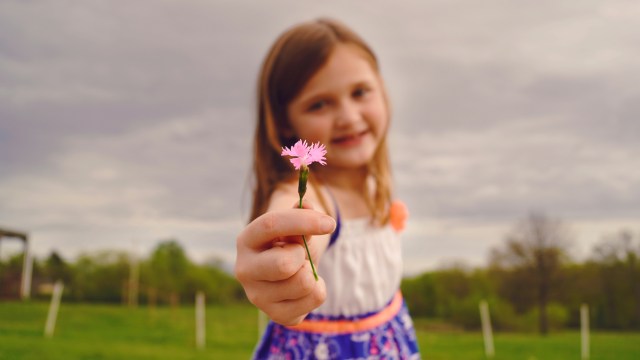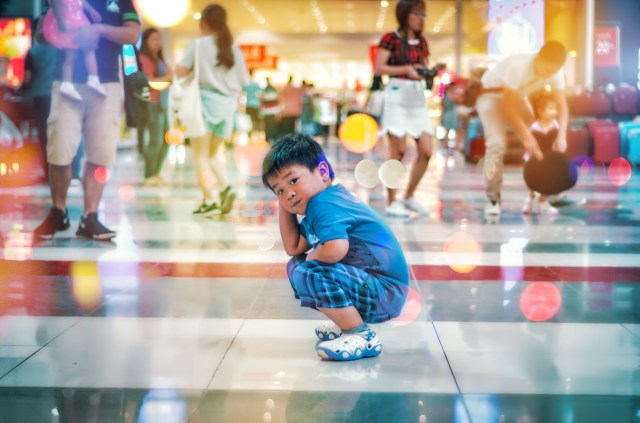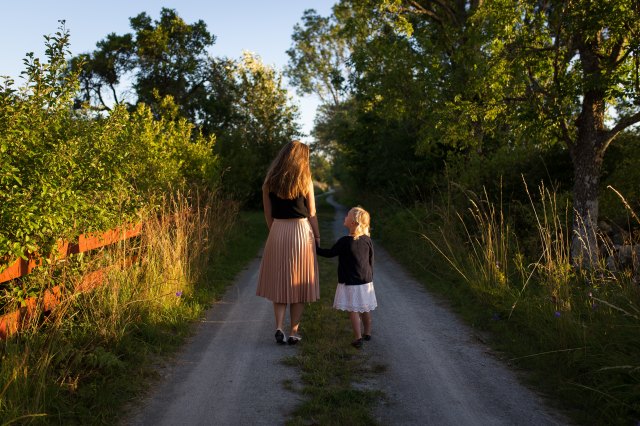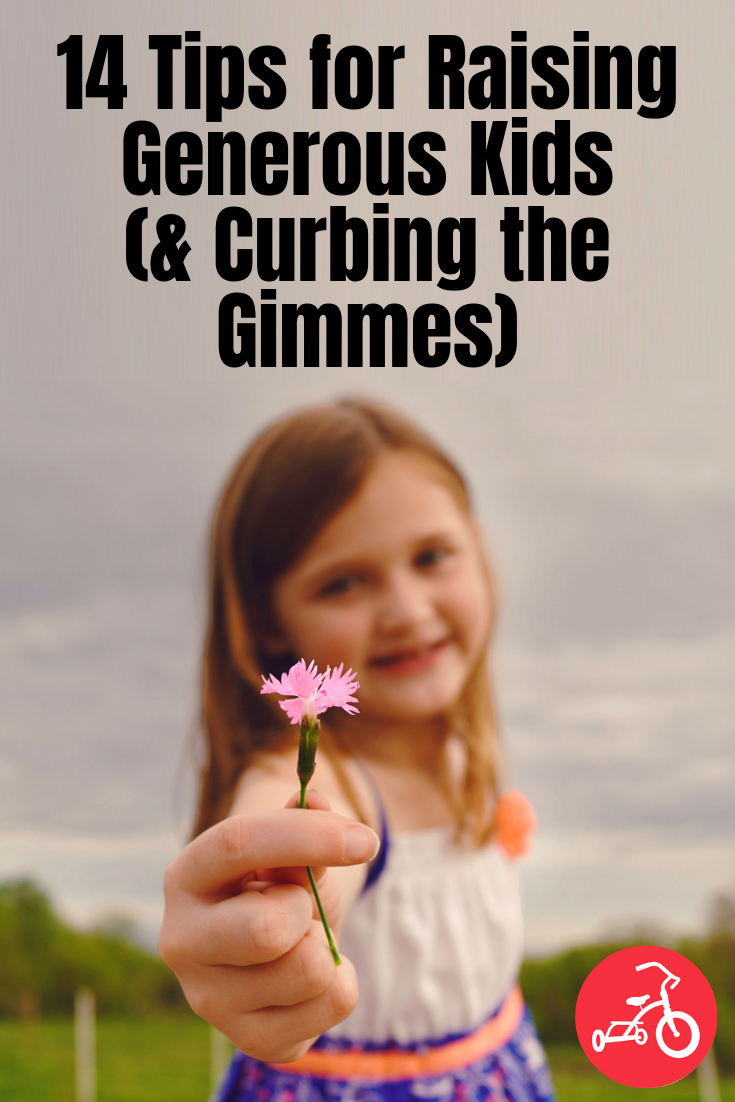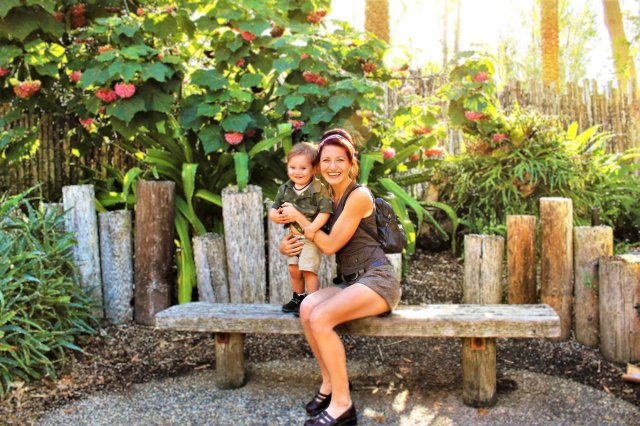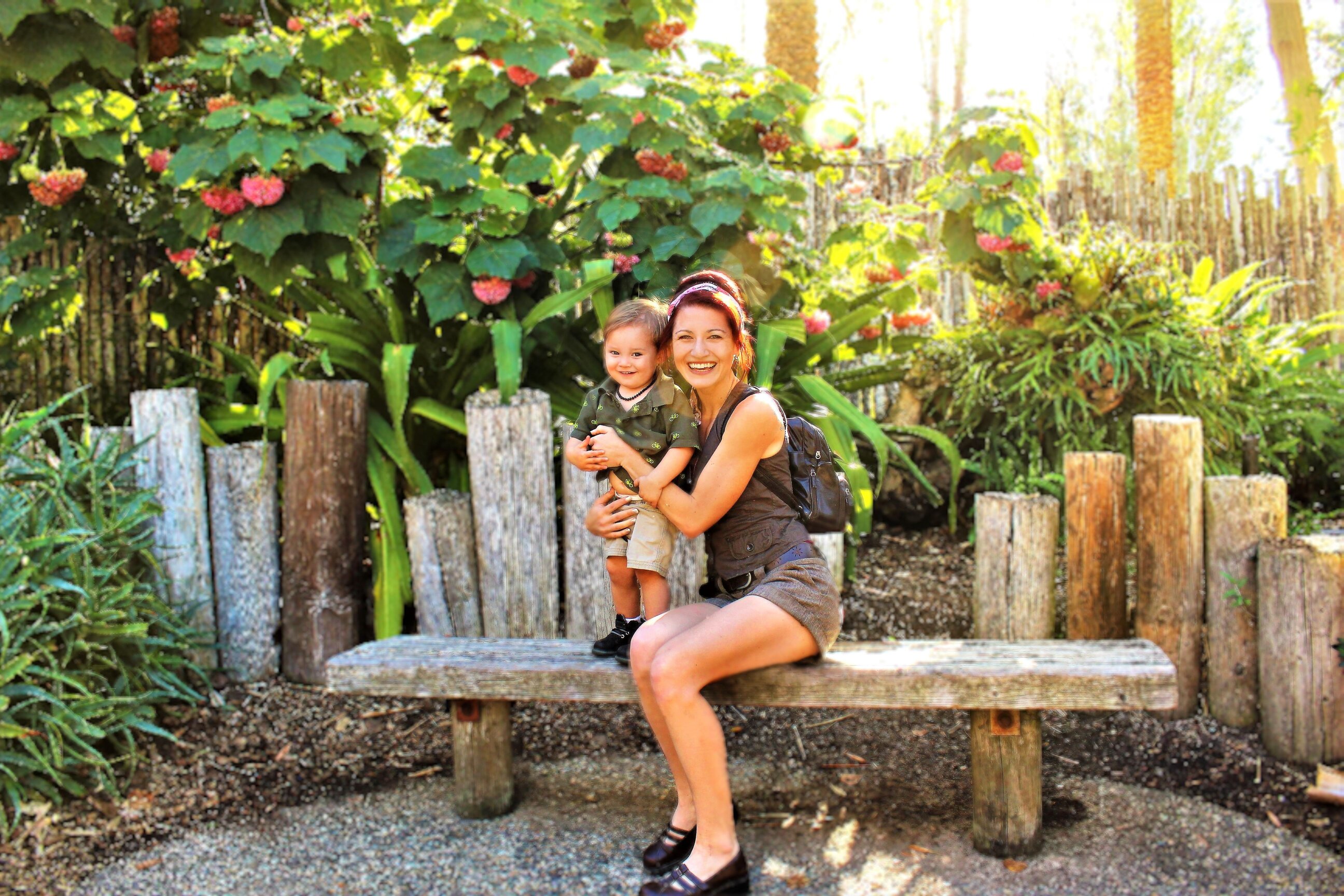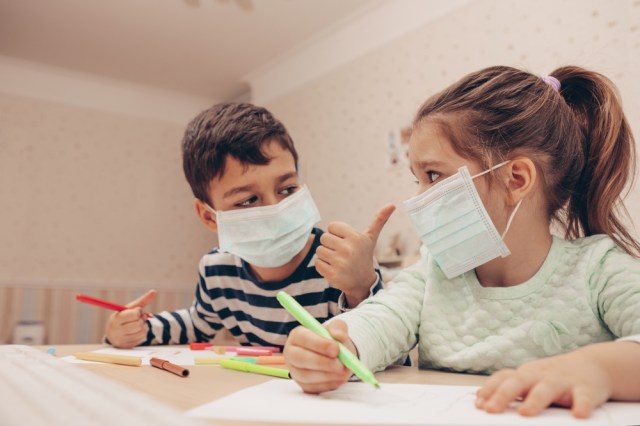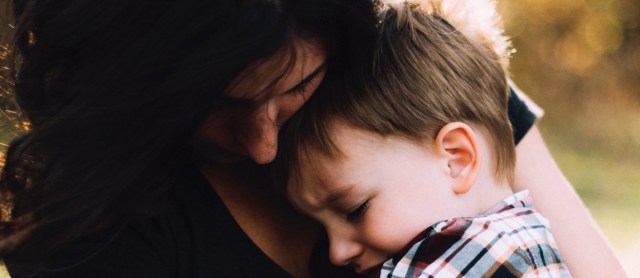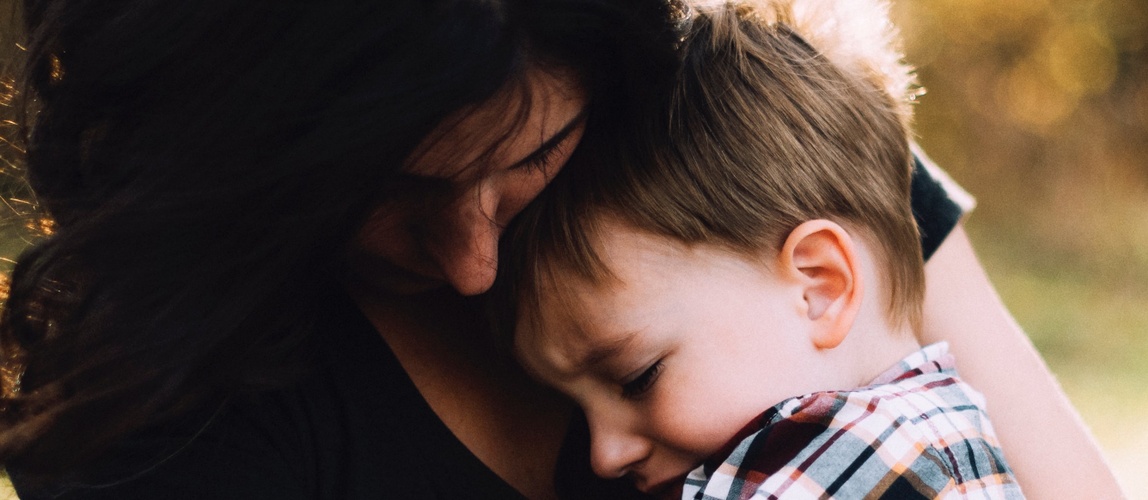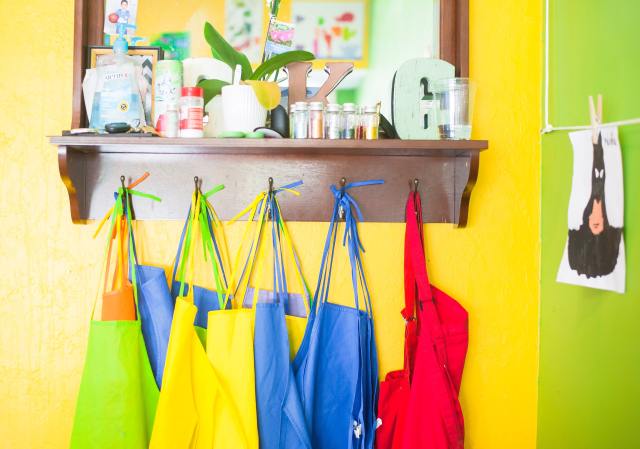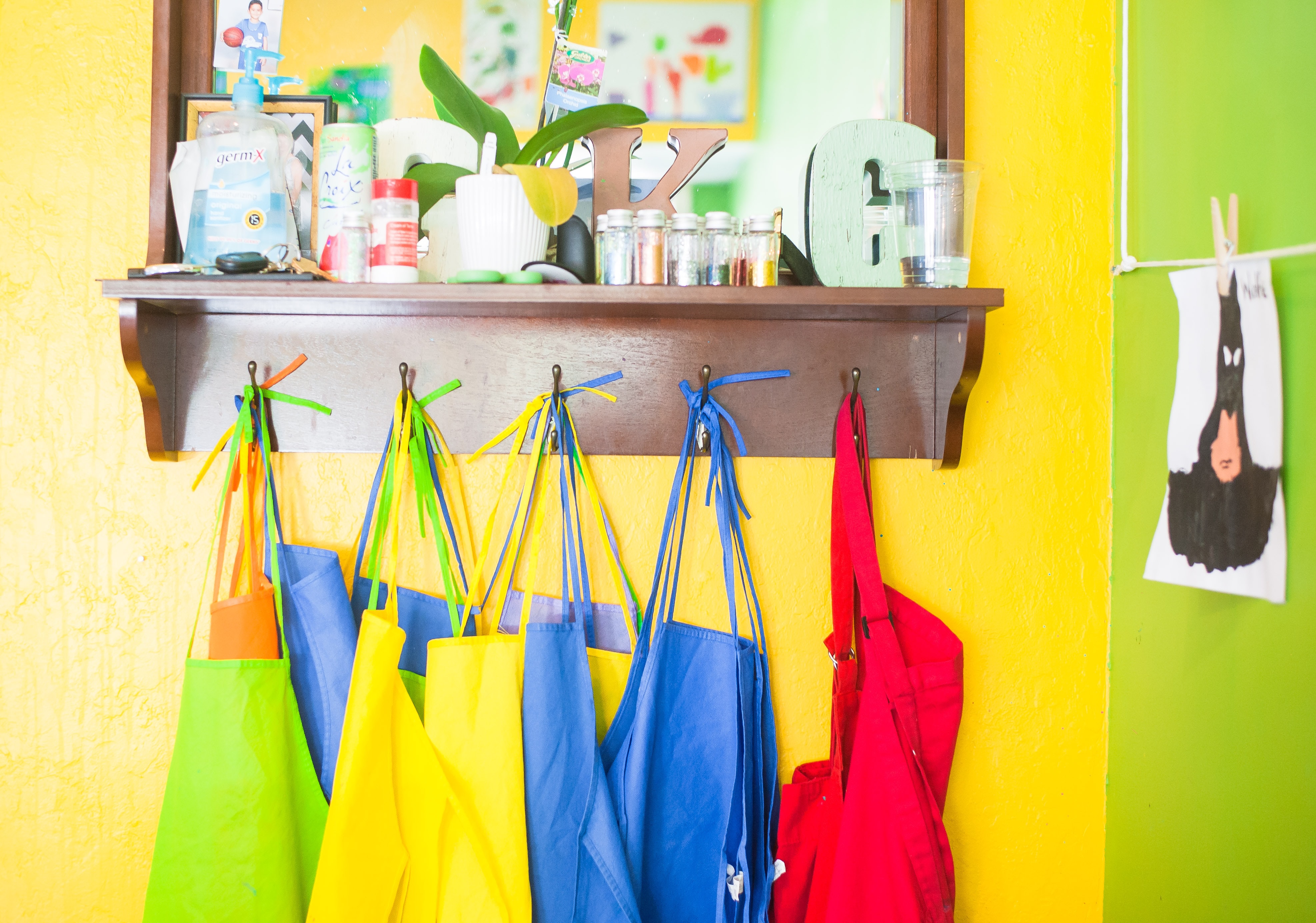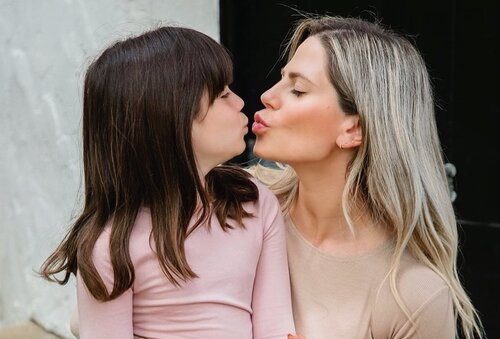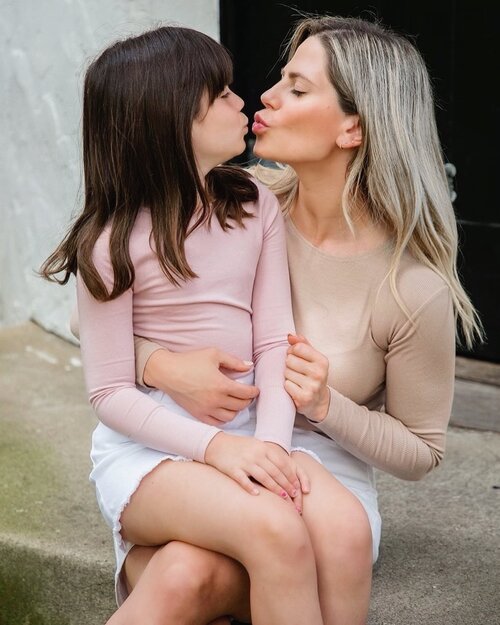
As a parent, the idea of getting more sleep sounds about as possible as your toddler never throwing another tantrum. Sleep is like the Holy Grail of motherhood, and while finding it won’t reward you with eternal life, it will undoubtedly give you a renewed spirit.
You might think sleep is a luxury you can’t afford, but truth be told, it’s an investment in being the best mom you can be. No wonder there’s a whole week devoted to getting more shut-eye! Yep, that’s right—we’re now in National Sleep Awareness Week, which runs from Mar. 14 through Mar. 20 this year.
Of course, we get it, you want to sleep, but your kids wake you up at all hours (insert reason 1,098,097 here). Or, your kids finally sleep through the night, but you can’t shut your brain off long enough to settle into a restful slumber. Well, don’t worry. In honor of National Sleep Awareness Week, here are a few tips for snagging the sleep you need to be a more mindful mom.
1. Know When to Say Goodnight
Does this sound familiar? The kids are finally asleep, and you decide now it’s the perfect time to finish up that last-minute project, wash the dishes, or simply binge-watch Netflix. The only problem is, you’re also exhausted. The next thing you know, it’s at least 11 p.m., and you’re finally crawling into bed, only to have your kids bouncing on top of you by 6 a.m. or even earlier.
Start training yourself to go to bed earlier so you can face the next day with a more refreshed outlook. It won’t be an easy habit to start, but you can do it with patience and consistency. Each evening, after the kids are in bed, allow yourself to take a few minutes to finish up a small task (accomplishing small goals is a great confidence boost), but only do something that will take you about 20 minutes or less. Then, it’s time to unwind and get ready for bed. If you usually get in bed around 11 p.m., then the first night, shoot for 10:45, the next 10:30, and so on, until you can get in bed by about 9 or 9:30.
2. Snag Some Mini-Snoozes during the Day
Yes, napping is like a dirty secret that no mom wants anyone to know about, but it’s a perfect way to recharge during the day. If your baby is sleeping, then you sleep. If your kids are at school, close your eyes for about 5-to-10 minutes a couple of times throughout the day. It might not sound like much, but you would be amazed at how much these frequent mini-naps can do for your overall sense of well-being and patience.
3. Have a Bedtime Routine (for You)
You probably have a set bedtime routine for your kids; maybe it’s getting a bath, brushing teeth, reading a book, then saying goodnight. You need a routine too. As you’re working on bumping your bedtime to an earlier time, start building your routine. Do something that helps you relax, like a cup of chamomile tea, a crossword puzzle, read a book.
Keep a journal next to your bed and take a few minutes before hitting your pillow to write down anything that’s on your mind, whether it’s things you have to do the next day or something troubling you. This gets all of these thoughts out of your brain so you can focus on sleep. Then, right before you go to bed, check out a MamaZen Mindpower Session to help you drift off to dreamland.
4. Dealing with Interruptions to Your Sleep
Of course, these tips are great for prioritizing your sleep, but children love to throw monkey wrenches into plans! So what happens when you’re finally sleeping deep, and your kids start crying or tugging on your covers at 3 a.m.? Well, it’s going to happen, so take a breath, put the kiddos back in bed (try not to put them in yours), then focus on your breathing as you fall back asleep. It also helps to keep everything as dark as possible as you put your children back to sleep, and do so as quickly and calmly as you can. Making a big deal about it will only prolong the situation.
A well-rested mom is a happier and healthier mom. For more ways to draft off to a better sleep, check out the MamaZen app and audio sessions that will help you start making sleep a priority in your life.








